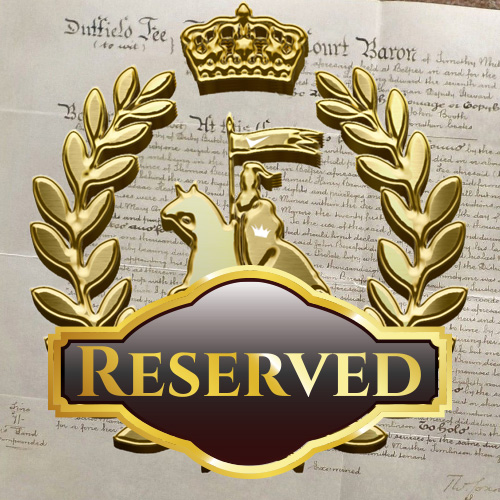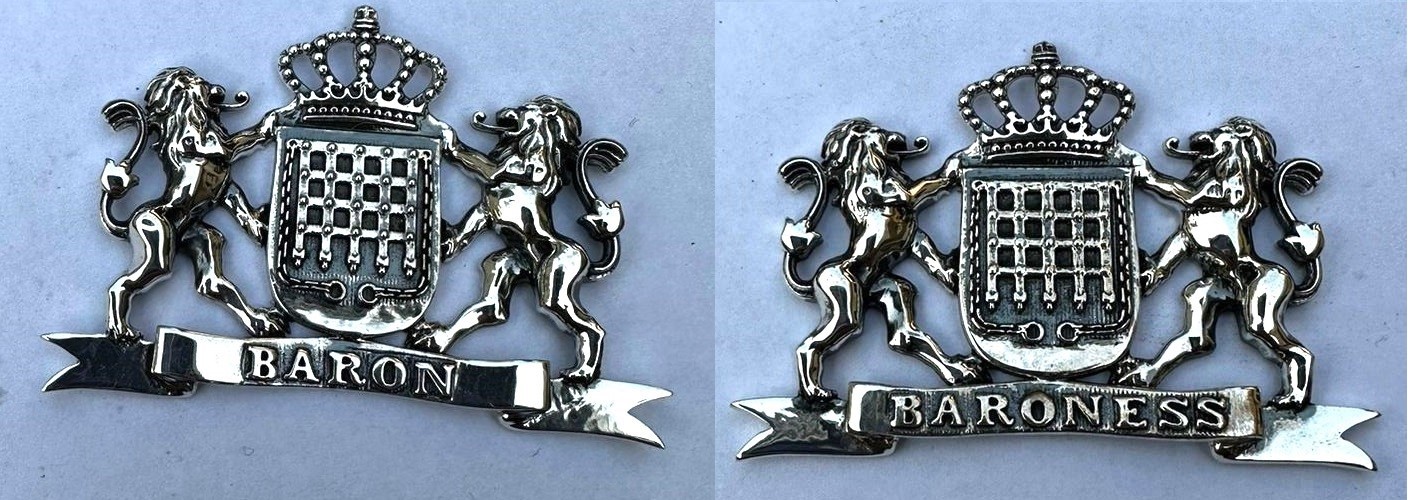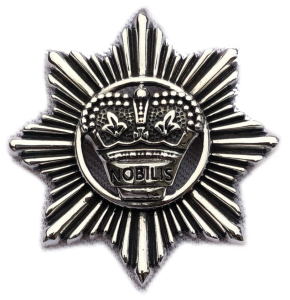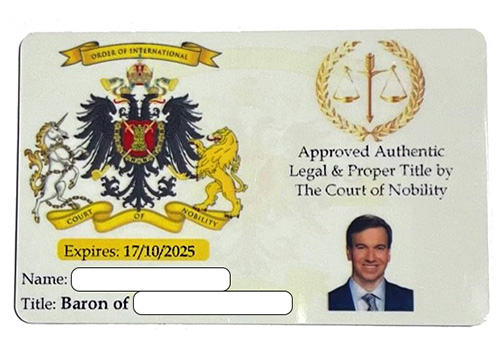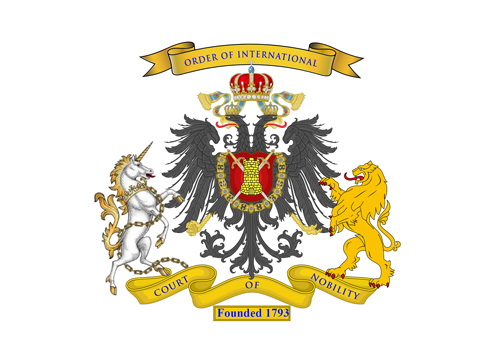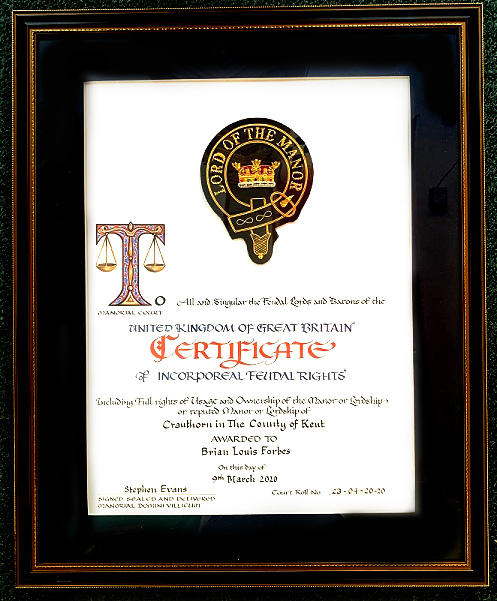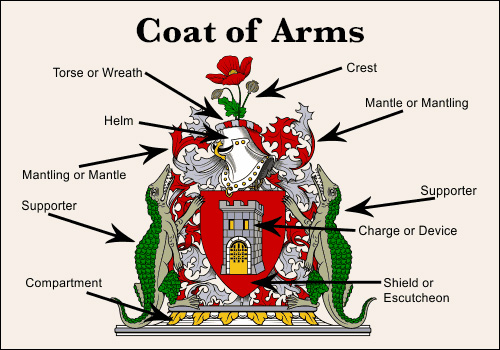Royal Baron/Baroness of Duffield in the county of Derbyshire
Price £10,000 Now £6,000
RESERVED
Brief Description:
Set as it is in the fertile, though occasionally flooded, Derwent Valley at the confluence of the Derwent and Ecclesbourne Rivers, Duffield and the surrounding areas have attracted settlers for a long time. The old village was founded on the ridge of higher ground between the two rivers. Iron Age Celtic settlements dating from around 400BC are suggested by some physical evidence and local place names. ‘Chevin’, meaning ’High bare ridge’ dominating the north of the village, stems from the celtic language as does the name ‘Derwent’, meaning ‘River abounding with oak trees’.
Following their invasion of Britain in AD43 the Romans established a military presence and mined lead in the hills to the north-west of the village. A Roman road to transport the ore can still be seen crossing the Chevin on its way to join the famous Roman thoroughfare of Ryknield Street near Breadsall.
However, the first written record is in the Domesday survey of 1085, commissioned by William the Conqueror to catalogue his new realm. Duffield (under the name ‘Duvelle’) is mentioned as having been confiscated from the Danish Earl Siward who was probably the same man who fought the Normans alongside Hereward the Wake. It had become an estate of the de Ferrers family and housed a priest, a church and two mills. There were then probably about 250 people living in the village – quite a significant number compared with about 1,000 in the town of Derby.
Family Names:
Following family names once held the Title, to mention a few:
- Siward (Danish earl)
- Ferrers
Held by Royalty:
Once held by 2 Kings of England
- Henry II
- Henry IV – 1399

